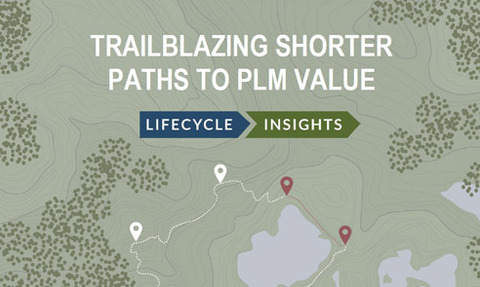
Autodesk has produced an eBook that compares and contrasts traditional on-premise and cloud-based Product Lifecycle Management Systems (PLMS) for potential users.
It is not easy to fully understand the benefits of the different approaches to product lifecycle management. Autodesk’s guide provides research results on how different technologies are being used to manage product development data and includes firsthand testimony from experienced manufacturing companies.
Product Lifecycle Management Systems (PLMS) provide a suitable method for addressing many of the engineering problems involved with product development processes.
Testing, certification and procedures related to platform planning can all benefit from the authoring, managing and product data tracking capabilities of PLMS, says Autodesk.
PLMS also provide tools for sharing and collaborating with internal and external product development stakeholders and add the functionality required for automating projects, as well as verifying regulatory requirements for compliance.
Drawbacks of traditional on-premise PLMS include large upfront costs, maintenance fees and the need for specialised hardware and staff, says the company.
It suggests a modern solution to these problems is to use cloud-based PLMS, which as subscription services offer a lower total cost of ownership, flexibility and rapid access; therefore opening up PLMS to an even wider range of businesses.



